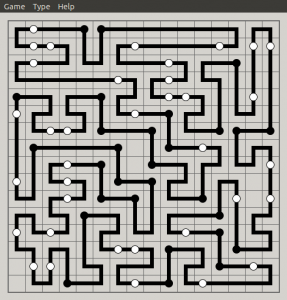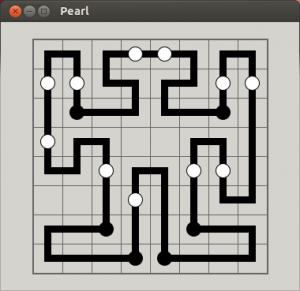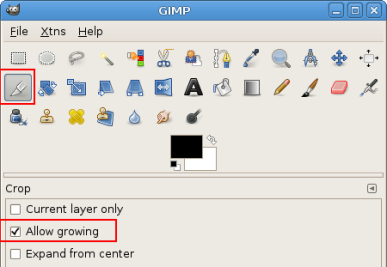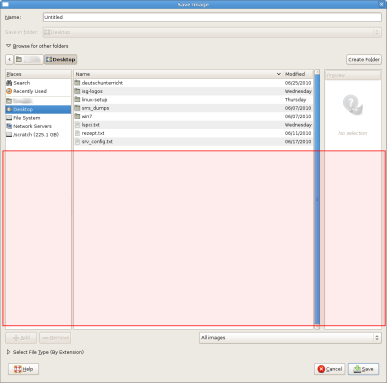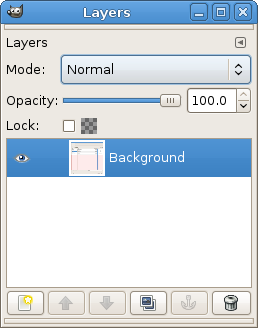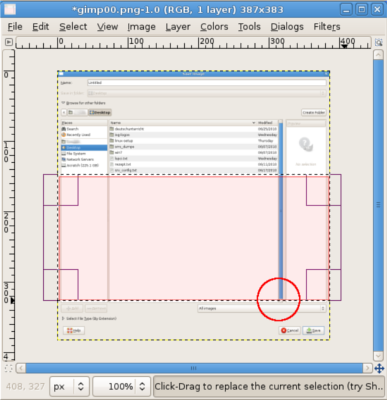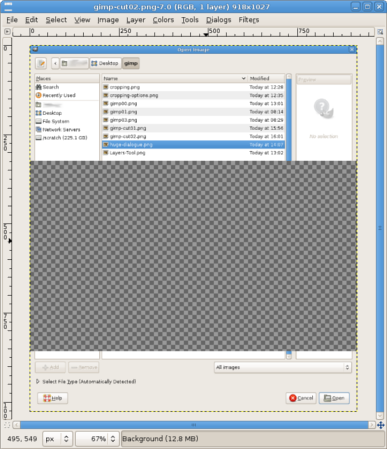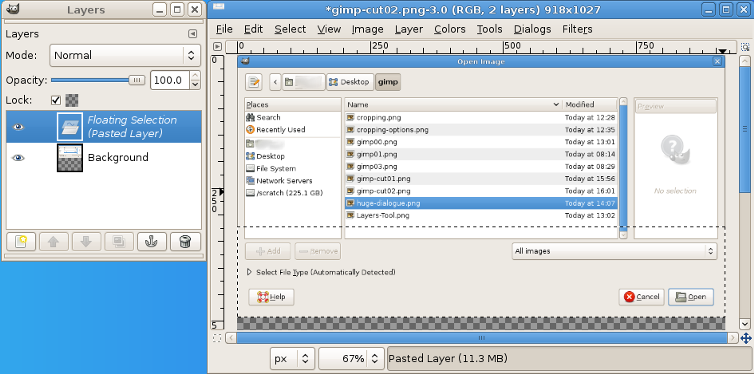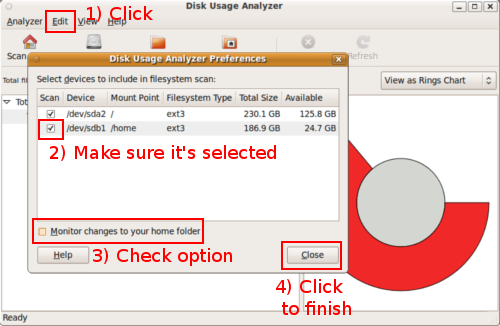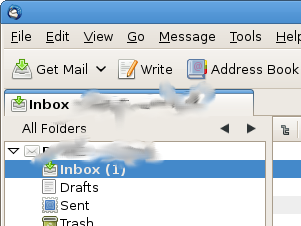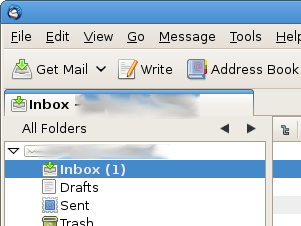There’s a biomedical reaseach software called Galaxy. I didn’t know that either 😉
The installation is easy but it uses a sqlite ‘db’ and must be started by whoever wants to use it. In a production environment, this is not convenient and does not scale nicely. To be fair, the makers provide infos on how to run it in a production environment.
Here is one such installation in details. maybe this helps you.
-OS: CentOS 6.3
-DB: mysql
-Galaxy is run by a non-root user
-Galaxy starts at system boot
Lines starting with # must be run as root, some lines are comments so you can’t just paste line by line in your shell. Make sure you understand what you do (the line breaks make it a bit hard to read though, sorry)
After the installation, open firefox. To use galaxy, visit localhost:8080
**************************
===========================================================
= Installation of Galaxy with a local mysql DB on CentOS6 =
===========================================================
mysql
=====
# yum install mysql-server
# yum install mysql
# yum install mysql-devel
# service mysqld start
# /usr/bin/mysql_secure_installation
Set root password? [Y/n] Y
root pwd: <pwd>
Remove anonymous users? [Y/n] Y
Disallow root login remotely? [Y/n] Y
Remove test database and access to it? [Y/n] Y
Reload privilege tables now? [Y/n] Y
(http://wiki.galaxyproject.org/Admin/Get%20Galaxy)
(sets mysqld to start on reboot)
# chkconfig mysqld on
add another db user
——————-
/usr/bin/mysql -u root -p (enter pwd)
mysql> INSERT INTO mysql.user (User,Host,Password) VALUES(‘galaxy’,’localhost’,PASSWORD(‘<pwd>’));
mysql> FLUSH PRIVILEGES;
create a galaxy db
——————
mysql> CREATE DATABASE galadb;
grant user ‘galaxy’ all permissions on db ‘galadb’
————————————————–
mysql> GRANT ALL PRIVILEGES ON galadb.* to galaxy@localhost;
mysql> FLUSH PRIVILEGES;
mysql> quit
mercurial
=========
# yum install mercurial
galaxy installation
===================
# cd /usr/local
# mkdir galaxy
# cd galaxy/
# hg clone https://bitbucket.org/galaxy/galaxy-dist/
# sh galaxy-dist/run.sh
–> starts a local galaxy instance, can be opened in a browser with localhost:8080
^C –> quits
change settings for production server
=====================================
(http://wiki.galaxyproject.org/Admin/Config/Performance/ProductionServer)
disable developer settings
————————–
cd /usr/local/galaxy/galaxy-dist/
# cp universe_wsgi.ini universe_wsgi.ini.orig
# vim /usr/local/galaxy/galaxy-dist/universe_wsgi.ini
(line 370) debug = True –> debug = False
(line 383) use_interactive = True –> use_interactive = False
use a local mysql db
——————–
set db connection in universe_wsgi.ini
(line 93) database_connection = mysql://galaxy:<pwd>@localhost/galadb?unix_socket=/var/lib/mysql/mysql.sock
securing the galaxy installation by running it as non-root
==========================================================
(create a local user “galaxy”)
# useradd -c “local user for galaxy installation” -d /home/galaxy -m -U galaxy
# passwd galaxy <pwd>
**********************
* running galaxy with the local user galaxy will throw an error
*
ssh galaxy@host
[galaxy@host ~]$ sh /usr/local/galaxy/galaxy-dist/run.sh
–>
OSError: [Errno 13] Permission denied: ‘./database/tmp/tmpeeJTbo’
*
* so we need to fix this by chowning the installation folder to galaxy
**********************
# cd /usr/local/galaxy/
# chown -R galaxy:galaxy galaxy-dist/
**********************
* now it should run
ssh galaxy@host
[galaxy@host ~]$ sh /usr/local/galaxy/galaxy-dist/run.sh
Starting server in PID <PID>.
serving on http://127.0.0.1:8080
* yes, it does
**********************
crontab fuer user galaxy:
SHELL=/bin/sh
@reboot $SHELL /usr/local/galaxy/galaxy-dist/run.sh >>/tmp/galaxy.log
**********************
* –> galaxy will run after the next reboot
* as the log file is in /tmp, it delete disappear after a reboot
* put it into /var/log and chown it to make it more persistent
**********************
* after reboot, you can check if galaxy was really run at system boot: * [user@host ~]$ ps -ef | grep gala
* galaxy 2864 2862 0 15:44 ? 00:00:00 /bin/sh -c $SHELL /usr/local/galaxy/galaxy-dist/run.sh >>/tmp/galaxy.log
* galaxy 2865 2864 0 15:44 ? 00:00:00 /bin/sh /usr/local/galaxy/galaxy-dist/run.sh
* galaxy 3148 2865 2 15:44 ? 00:00:07 python ./scripts/paster.py serve universe_wsgi.ini
* galaxy 3180 2862 0 15:44 ? 00:00:00 /usr/sbin/sendmail -FCronDaemon -i -odi -oem -oi -t -f root
=================================================
**************************

